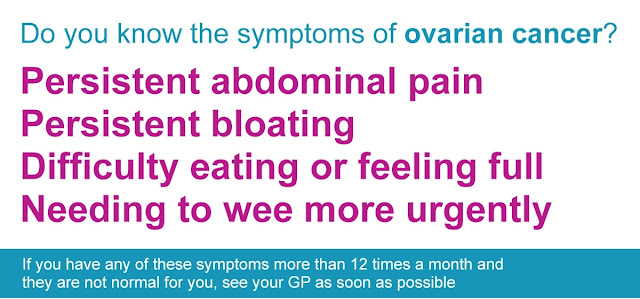Overview
Women across the globe struggle
to balance their work, home, children, errands, etc. Their “to do” list never
ends and in this hectic lifestyle, a large number of them end up ignoring the
symptoms which might be an indicator of potential health problems. Here are 10
of the significant symptoms that women should never ignore.
Numbness in Wrists
Numbness or tingling in your
thumb, index or the middle fingers can often be a sign of carpal tunnel
syndrome, which, if left untreated can lead to permanent nerve or muscle
damage.
Breast changes
All breast lumps are not cancerous, but if you happen to observe any changes in your breasts, then you should let your healthcare professional know about it. The changes in your breasts include nipples that turn inwards, skin dimpling or puckering, scaling of nipples or breast skin and nipple discharge or redness.
Bloating or Gas
These are the common signs of
menstruation or a change in diet. Although, it is a natural occurrence, but if
the symptoms persist for longer then you may be at higher risk of ovarian
cancer. It is therefore important to talk with your ob-gyn regarding these
symptoms.
Vaginal discomfort and odour
Since this is a very personal
matter for most women, hence most often they may be embarrassed to talk about
it with their healthcare provider. It is therefore important to understand that
the vaginal odour is the result of an unbalanced vaginal pH. Many women
experience vaginal discomfort and odour and it can be managed through the
vaginal gels. However, if the odour persists for longer or if it is accompanied
with fever or any other symptoms, then you should not ignore it instead visit
your doctor.
Skin changes
If you observe any out-of-the
ordinary change in the size, shape or color of a mole or other spots, then it
could be a sign of skin cancer and therefore you should not ignore it.
Additionally, unexplained bumps on the skin or feet that doesn’t go away or
repeatedly come back should not be ignored.
Excessive urination
Excessive urination can be a
sign of several underlying health conditions, including diabetes and uterine
fibroids. They can be indicative of something could be wrong and hence it is
suggested to get it checked out.
Toothache
A constant toothache or prolonged
sensitivity to cold and hot temperatures, pain when chewing or applying
pressure to your teeth, swollen gums can be signs of infections which should
never be ignored. Furthermore, toothaches and pains that require immediate
attention should not be allowed to spread to the jaw or beyond.
Vaginal bleeding or discharge
If women who have gone through their menopause experience vaginal bleeding, then it is abnormal and could be a sign that something is wrong. It could be either indicating a hormonal imbalance or a uterine cancer or endometrical cancer. Any uncharacteristic discharge or a foul-smelling discharge should be taken seriously and you should consult a doctor immediately.
Sudden or unexplained weight loss
Although weight loss is good
for you, if you have made changes in your diet or have taken up any kind of
physical activity to lose weight. However, if your weight is coming off without
any effort, then it may be a cause of concern. The colon cancer is accompanied
with unexplained weight loss, in this case a sudden or an abnormal weight loss,
then it is important to consult with your doctor.
Flu-like symptoms
Symptoms like light-headedness,
sweating, pressure or pain in the lower chest, back or abdomen and fatigue are
often dismissed since they seem very much like the flu. However, in many cases,
it might just be the flu, but in some cases, these symptoms can actually be
signs of a heart attack.














